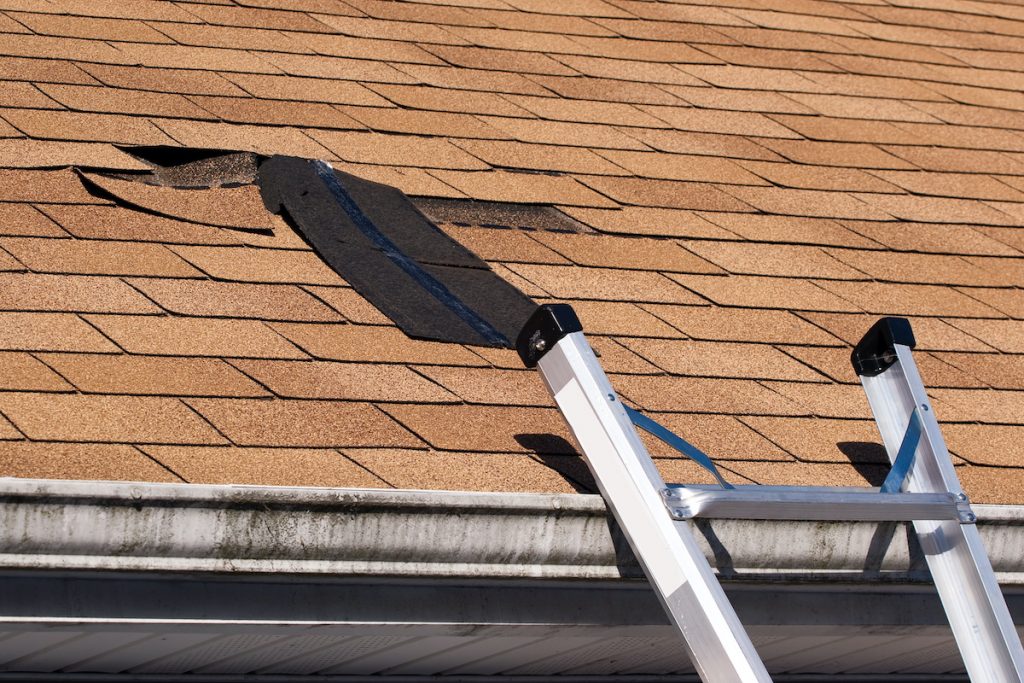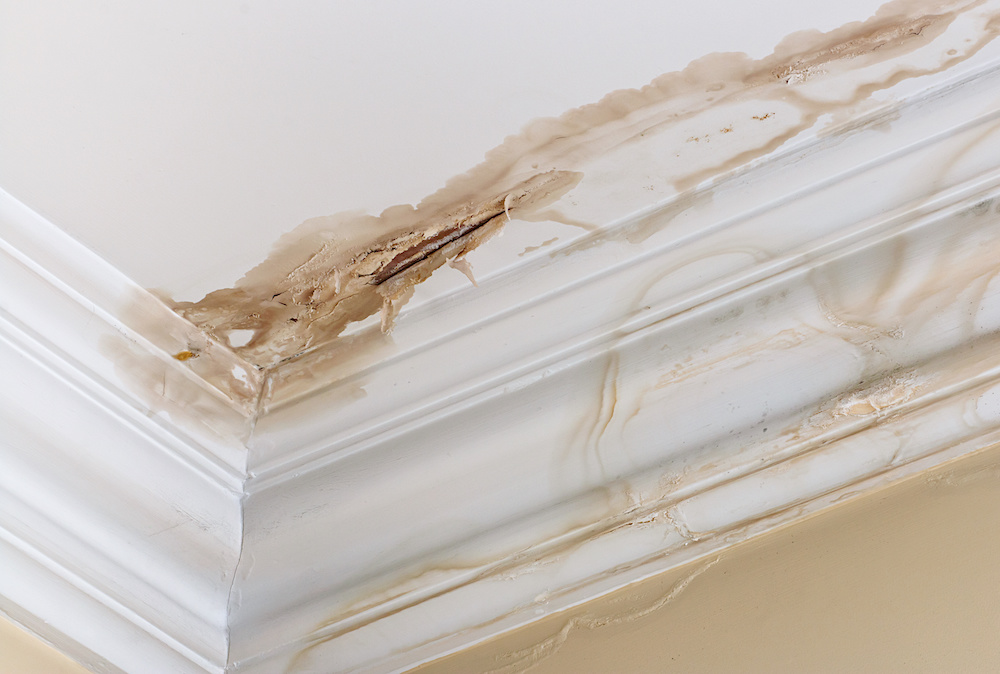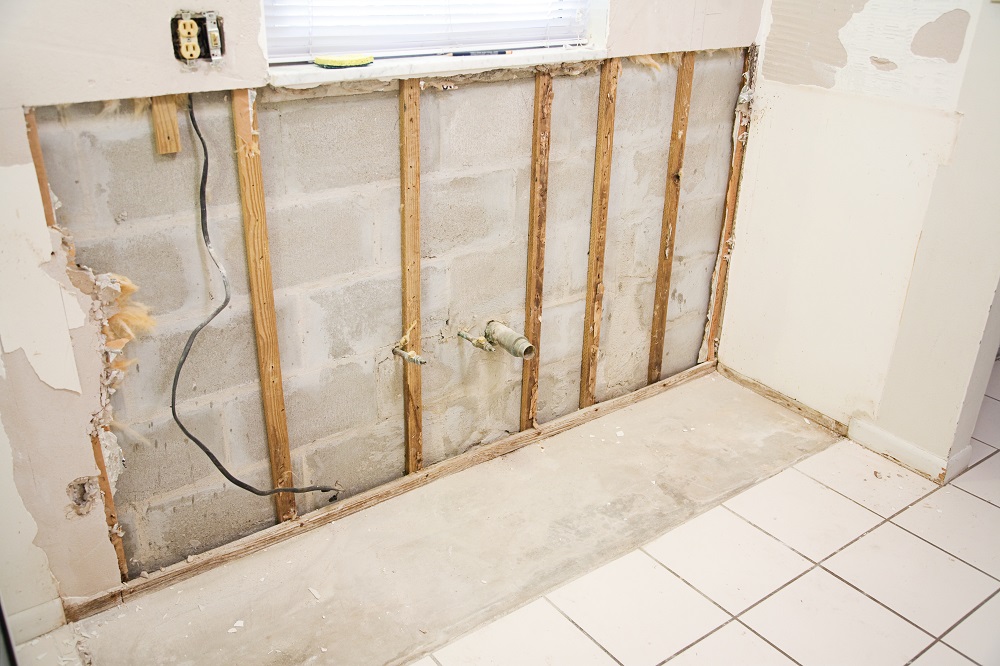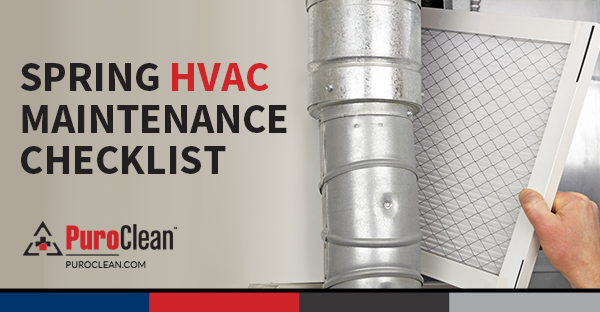Water Damage, Now What?
Picture this: you walk into your home one day, and you find dark discolorations on your ceiling. Besides water, this spot could actually contain active microbial growth. Stains and microbial growth are the visual manifestations of ceiling water damage and the potentially more urgent issues that go along with it. So, what causes ceiling water damage?
Common Causes
Evidence of water damage to a ceiling generally means one of two things: a roof leak or, in a two-story home, leakage originating in a room above the damaged ceiling. Usually, the culprit in this situation is a bathroom.
Number 1: Roof Leaks

If ceiling water damage coincides with heavy rain, then a roof leak is the principal suspect. Since roof leakage tends to run laterally along interior attic structural members, the roof leak’s actual location may not be directly above the ceiling damage.
Before water from a roof leak contacts the ceiling, it typically soaks the attic insulation bed installed just above the ceiling. Because of this, the wet insulation from beneath the roof usually becomes moldy and requires replacement as well.
Number 2: Second Story Leaks
Familiar sources of second-floor leaks that may cause ceiling water damage below can include: leaky drain plumbing under the bathtub or shower stall, a leak at shower valve connections inside the bathroom wall, cracks in the shower stall or bathtub, leaky water supply lines routed through the bathroom floor, or an isolated event such as a toilet overflow.
Why do you need to pay attention?
Ceiling panels are made of drywall which readily absorbs water.
Thus, once the drywall has been saturated, it becomes heavy and swells or sags. A large area of a currently or previously wet ceiling may be considered structurally unsound and likely to collapse.
Likewise, wet ceiling panels are almost always a source of mold growth which is also unsafe in your home. Ceiling lights or other electrical devices like ceiling fans may cause an electrocution or fire hazard as a result of water damage.
Does a water-stained ceiling need to be replaced?

Generally speaking, it is best to repair a water-stained ceiling when possible. Older lath and plaster ceilings stand up to water damage reasonably well, and even a crack up to 1/4 inch can be repaired.
Drywall (plasterboard) ceilings are more susceptible to damage. This is because drywall is highly absorbent and breaks down quickly when wet. These ceilings can be repaired only if the damage is superficial, such as light stains or bubbled paint.
Unless the ceiling’s damaged portion is smaller than a 12-inch square, the best repair option is to replace the entire drywall panel. If your plaster or drywall ceiling is crumbling, swollen, or bulging even after drying or shows signs of mold growth, the material should be replaced by a professional.
Taking Care of Minor Damage
For minor damage in plaster ceilings, you can seal a small crack with a strip of fiberglass mesh tape, then plaster over the tape. However, repairing a larger crack is trickier (but doable) with the aid of plaster buttons (washers) and drywall screws.
To repair minor ceiling damage, let the ceiling dry completely, scrape off damaged material with a putty knife, and clean the area with a damp cloth. Next, apply one to three coats of stain-sealing primer or primer-sealer designed for your ceiling material. This prevents the stain from bleeding through better than an ordinary primer.
When the primer is dry, apply a setting-type joint compound to repair a plaster ceiling. For drywall, apply ceiling paint. This paint is formulated to adhere to ceilings and hide imperfections more effectively than wall paint.
If the ceiling water damage is less than around 4 inches across, it is usually safe to repair yourself. For anything larger, consult a professional.
Call PuroClean of Wellington if Your Property Is Experiencing Ceiling Water Damage
Call the experts at PuroClean of Wellington at (561) 412-5566 for water damage restoration in Wellington & Lake Worth, FL, and the surrounding areas. No matter the source, PuroClean’s licensed and certified technicians work compassionately, professionally, and quickly to contain the water.




 PuroClean of Wellington
PuroClean of Wellington